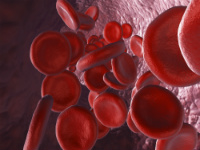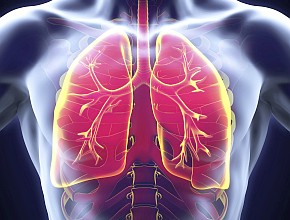Below are the 3 articles selected as suggested reading for this week by McMaster editors.
Promising treatment for Ebola infection: preliminary results
This study conducted during the recent Ebola epidemic included 72 patients with Ebola virus disease randomized to treatment with either the current standard of care or such a standard plus triple monoclonal antibody cocktail ZMapp (3 intravenous infusions of ZMapp [50 mg per kilogram of body weight, administered every third day]).
Among patients from Liberia, Sierra Leone, Guinea, and the United States, 21 (30%) died. Twenty-two percent of patients receiving ZMapp died versus 37% of those receiving the current standard of care. This difference has not reached the conventional level of statistical significance (ie, it could still occur by chance), but the probability that it is efficacious in preventing death is over 90%.
Surprisingly high prevalence of pulmonary embolism among patients with syncope
How common is pulmonary embolism (PE) in patients admitted to hospitals with the diagnosis of syncope? In this prospective observational study, PE was identified in as many as nearly 1 out of every 6 patients hospitalized with syncope.
The authors examined the clinical course of 560 patients, with a mean age of 76 years, who were hospitalized in Italy for a first episode of syncope. In most of them, the probability of PE was considered so low that no definitive investigations towards PE were performed (330 patients with a low pretest probability by Wells score and negative D-dimer test results). Among the remaining 230 individuals, PE was present in over 40% of patients. Looking at all patients, PE was diagnosed in over 25% of patients who did not have an alternative diagnosis as the explanation of syncope, and even in over 12% of those who did.
Certain clinical features were more common among patients with confirmed PE in comparison to those in whom PE was not diagnosed: respiratory rate >20 breaths/minute (45% vs 7%), heart rate >100 beats/minute (33% vs 16%), systolic blood pressure <110 mm Hg (36% vs 23%), active cancer (20% vs 10%), and clinical signs of deep vein thrombosis (40% vs 5%). The authors stressed that the population included only those who were admitted to a hospital.
Compression stockings lowering the risk of DVT in airline passengers
Compression stockings decrease the possibility of deep vein thrombosis (DVT) in airline passengers.
This systematic review considered almost 3,000 people included in 11 trials of graduated compression stockings (stockings exerting most pressure at the level of the ankle with pressure gradually decreasing above that level) used in airline travelers on flights lasting at least 4 hours.
No cases of deaths, symptomatic emboli, or symptomatic DVT were reported. Fifty travelers (~2%) developed asymptomatic DVT, with only 3 among those wearing stockings and 47 among those who did not (odds ratio, 0.1). The probability of asymptomatic DVT was ~1.5% among people without risk factors for DVT and 2.5% among those with such risk factors (eg, previous episodes of DVT, severe obesity, decreased mobility, history of recent neoplastic disease).
 English
English
 Español
Español
 українська
українська





